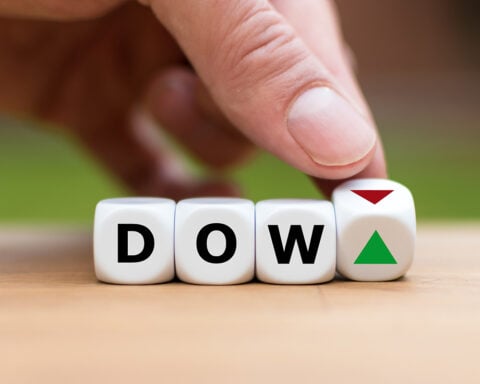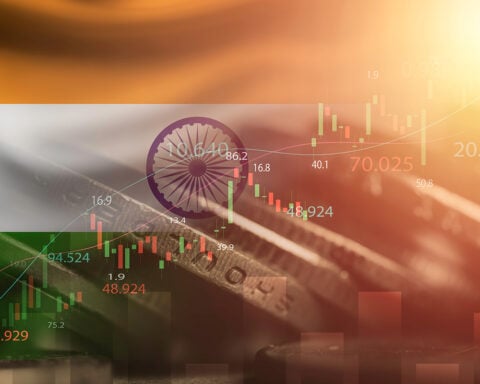The World Bank has recently released a report predicting a significant slowdown in global economic growth. The anticipated growth rate for 2024 is set at a mere 2.4%, the lowest since the pandemic, and reminiscent of the financial crisis back in 2009-09.
One of the key factors for this deceleration is the global increase in interest rates. While this strategy has been effective in controlling inflation, it has simultaneously dampened economic activities. Compounding these challenges are the ongoing conflicts in regions like Ukraine and the Middle East, disrupting international trade and investments and hampering the potential for robust economic expansion.
Despite these challenges, the United States has shown resilience with its economy growing by 2.6% last year. However, this has not been enough to counteract the overall trend of economic stagnation worldwide. Developing countries are particularly hard hit, struggling with high debt levels and limited access to essential resources, affecting nearly a third of the global population.
Geopolitical tensions, notably the Israel-Hamas conflict, have heightened the risks. The disruption of critical shipping routes, particularly in the Red Sea, has led to inflationary pressures that affect the global supply chain and increase the cost of basic commodities.
Central banks worldwide are making strides in tackling the cost-of-living crisis. Major economies like the US, UK, and Eurozone are seeing inflation rates nearing the 2% target. However, the resultant higher interest rates have burdened poorer nations, making borrowing more costly. The World Bank is particularly concerned about how the world’s 75 poorest countries will manage these rates.
There’s a widening economic gap, as evidenced by income projections. By the end of 2024, advanced economies are expected to exceed their pre-COVID per capita income levels. In contrast, emerging economies might only achieve 75% of their pre-pandemic levels, with the poorest countries potentially dropping to 66%.
The global food crisis remains a pressing issue, especially for the poorest populations. A significant 27% increase in rice prices, partially due to India’s export restrictions, has exacerbated the situation. However, the availability of other crops like grains offers a bit of hope, with food prices expected to decline by 1% this year.
China, as the world’s second-largest economy, faces its own challenges. Consumer hesitancy and problems in the property sector have led to a projected growth of just 4.5%, falling short of the government’s 5% target. This slowdown is influenced by various factors, including an aging population and long-term developmental issues, posing a substantial challenge for economies dependent on trade with China.
The World Bank’s report offers a grim outlook for the global economy up to the end of 2024, marking it as potentially the slowest half-decade of growth in 30 years. Nonetheless, there’s potential for a turnaround if governments worldwide prioritize stimulating private sector investments, especially in critical areas like climate change and energy transition.







